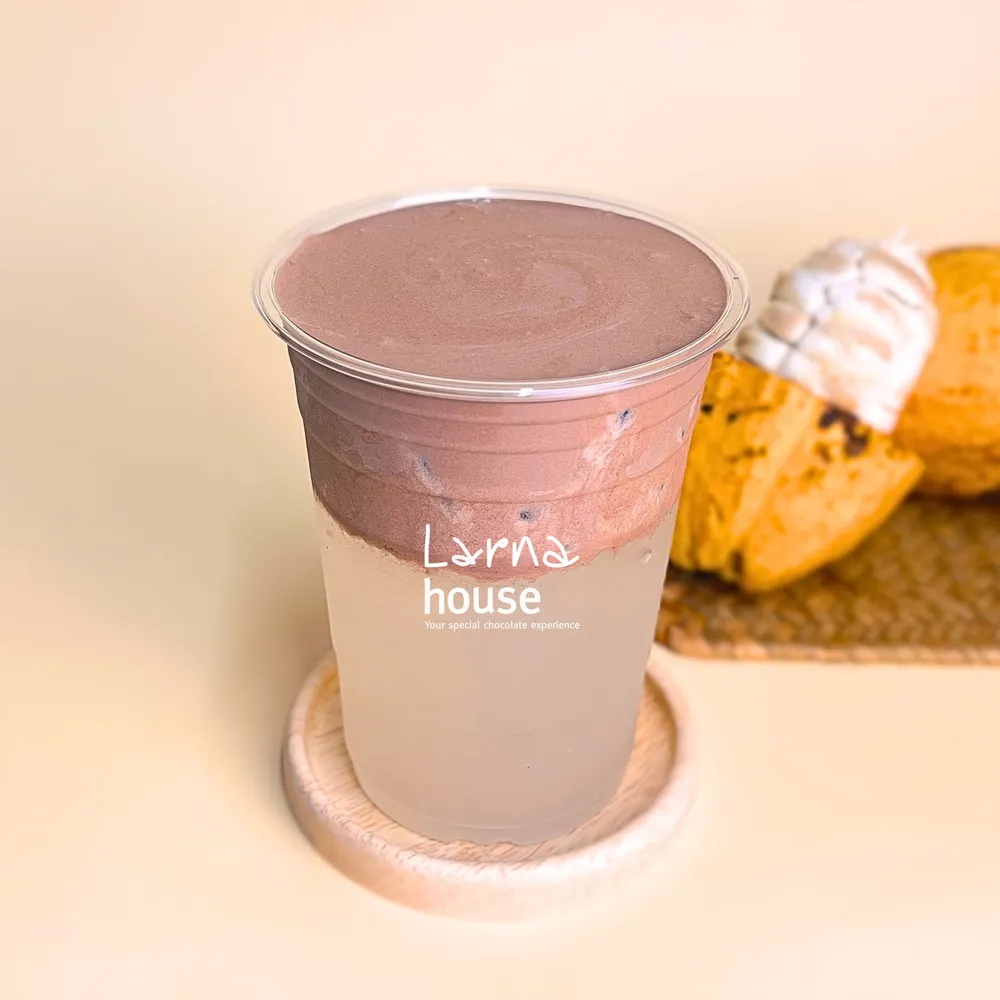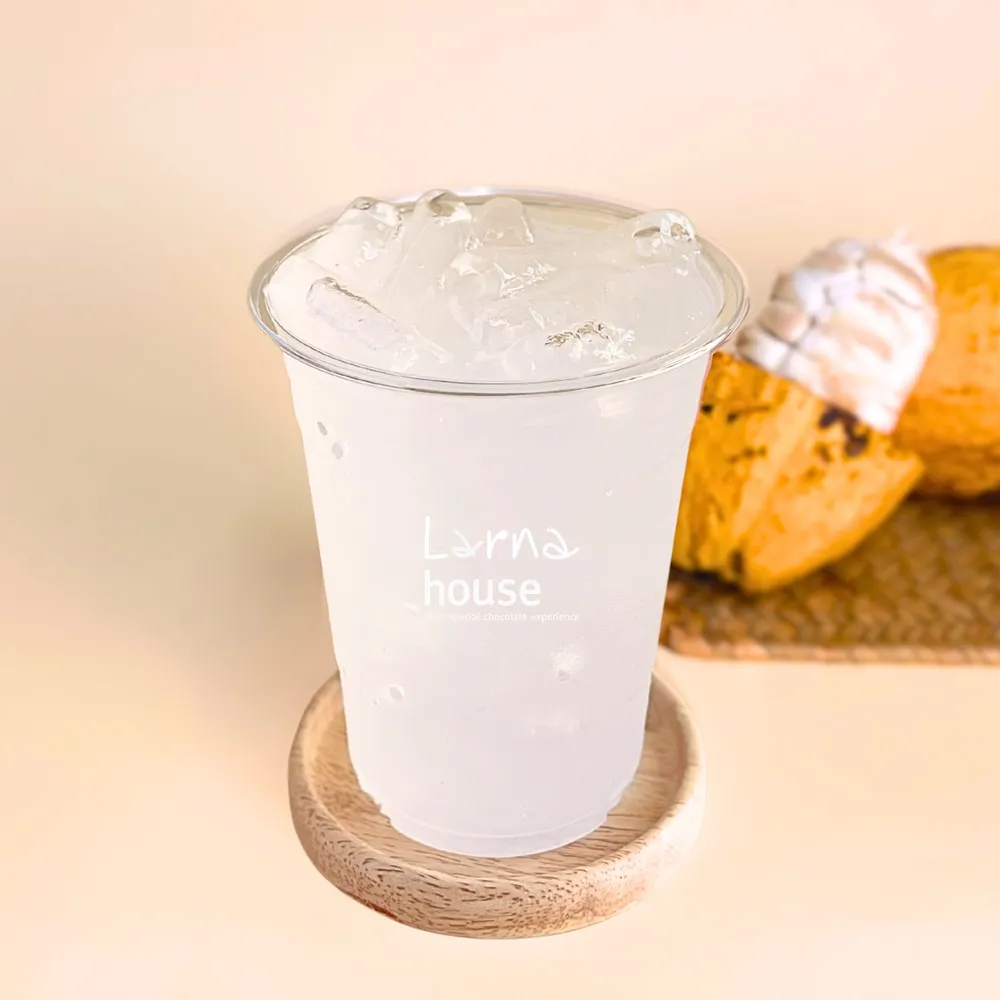May 9, 2025
Written by aon
Cacao Juice: The New Taste from Thai Cocoa
When we mention cocoa, most people think of chocolate or hot cocoa. But did you know that the cocoa fruit also contains a sweet, refreshing juice?
Cacao Juice is the liquid extracted from the white pulp that surrounds the cocoa beans inside the pod. This pulp has a sweet and tangy flavor, reminiscent of tropical fruits like lychee and passion fruit.
In Thailand, the cocoa industry is growing, and innovative products like cacao juice are emerging. It's not only delicious but also rich in nutrients like antioxidants, vitamins, and minerals.
The production process involves carefully extracting the pulp and pressing it to obtain the juice. This juice can be consumed fresh, fermented, or used as an ingredient in various beverages and culinary creations.
Cacao juice offers a new way to experience the cocoa fruit, providing a unique taste and health benefits.
Why is it so rare?
Because Cacao Juice must be extracted from freshly harvested cacao pods only, and once extracted, it spoils very quickly within just a few days if not stored properly.
That’s why only chocolate makers who work closely with cacao farms — and understand the ingredient deeply — can manage it well.
To get just one bottle of Cacao Juice, the process begins with carefully selecting high-quality fresh cacao pods, then gently separating the white pulp without damaging the seeds.
What’s more difficult is that from 100 kilograms of fresh cacao pods, you’ll get only 3–7 liters of juice.
And if it’s not frozen immediately, the natural aroma — the heart of Cacao Juice — fades away rapidly.
That’s why Cacao Juice is incredibly rare and highly valued in the world of craft chocolate.
Basic Steps to Extract Cacao Juice
1. Select high-quality fresh cacao pods
Choose fully ripe cacao pods (mature ripe pods).
The inside should be juicy, with a thick layer of white pulp surrounding the seeds.
2. Open the cacao pods by hand or with a knife
Cut open the pods and carefully remove the “fresh cacao seeds + white pulp” cluster.
Do not wash them, as it can dilute the flavor and introduce contamination.
3. Extract the juice from the white pulp (mucilage)
There are 3 main methods:
Method 1: Gravity Drain
- Place the pulp-covered seeds in a mesh basket or sieve
- Position a clean container below to collect the liquid
- Let the juice naturally drip out by gravity (this takes 4–6 hours)
- This method yields the most intense flavor, ideal for high-quality beverages.
Method 2: Manual or Mechanical Pressing
- Wrap the pulp-covered seeds in a clean cloth and squeeze
- Or use a hydraulic press to gently extract the juice without crushing the seeds
- This gives a larger yield, but the juice may contain more pulp particles.
Method 3: Controlled Short Fermentation
- Let the pulp ferment slightly in a clean container (no more than 12 hours)
- Then filter the liquid that drains out — this is fresh cacao juice
- This method must be carefully monitored and the juice used within the same day.
After Extracting the Juice – How to Store It?
- Filter the juice 1–2 times through a fine muslin or clean cloth
- Store in the refrigerator immediately (usable for 1–2 days), or
- Freeze for longer shelf life
- For extended storage and transport: use pasteurization (low-temp) in glass bottles
Why Cacao Juice Is Worth It
- A new, fresh, and rare ingredient that’s completely different from typical cocoa or chocolate
- A zero-waste product — this white pulp is normally discarded during fermentation
- Adds value for farmers and can be developed into: Ready-to-drink juices, Cacao soda / sparkling drinks, Cacao tea, sorbet, mocktails, Probiotic ingredients (like cacao kefir or cider)
Cacao Juice in 2 Forms — Try and Compare for Yourself
1. Frozen Fresh Cacao Juice
- Immediately frozen after extraction at -18°C
- Best preserves the natural aroma and freshness
- Flavor is bright, layered, and aromatic — just like cutting into fresh cacao fruit
- Downside: Difficult to transport and requires strict cold chain storage
2. Pasteurized in Glass
- Gently pasteurized at low temperature and bottled in glass
- Loses a bit of its original aroma, but becomes more concentrated in flavor and color
- Easier to store and transport — no need for freezing
- Ideal for those who want to try cacao juice without the hassle of frozen storage
At Cacao Everywhere, we offer both versions for you to taste!
If you've never tried cacao juice before, we highly recommend sampling both styles — and see which one suits your taste.
Some people fall in love with the fresh aroma of the frozen version. Others prefer the intensity and convenience of the pasteurized bottle
✨ Either way, this is part of our mission to preserve the true essence of cacao — in every drop.

